While many of us may know Japan as the “Land of the Rising Sun,” the story behind that nickname is less often discussed. But it’s not just Japan that can claim a fascinating nickname — from the “Land of Poets” to the “Rainbow Nation,” countries all around the world are known by playful monikers that tie into centuries of history, geography, and culture. Here are the backstories behind 12 interesting country nicknames.
Monaco – “The Billionaire’s Playground”
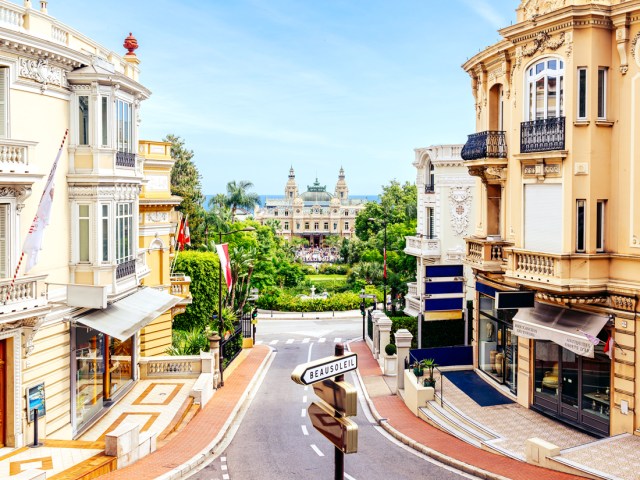
Monaco is the world’s second-smallest country by area, covering a total land area of just over 0.77 square miles. But despite its small size, the country attracts individuals with big pockets. Nicknamed the “Billionaire’s Playground,” Monaco is home to roughly 40,000 residents. Of those people, over 27,000 have a net worth in excess of $1 million USD, according to a 2022 report, and 208 of them have a worth in excess of $30 million. While there are technically only three billionaires living in Monaco, it is still the country with the highest number of billionaires per capita.
Part of Monaco’s wealthy reputation comes from its thriving casino industry, which has operated since the 1860s. Perhaps no casino is more famous than the Monte Carlo Casino, which opened in 1865. Interestingly, Monegasque citizens are actually prohibited from gambling at local casinos, but in exchange, they’re not required to pay any income tax. Monaco is also home to the world’s most expensive real estate — according to a 2023 Knight Frank Wealth Report, $1 million USD only gets you an average of 183 square feet of living space.
Finland – “Land of a Thousand Lakes”
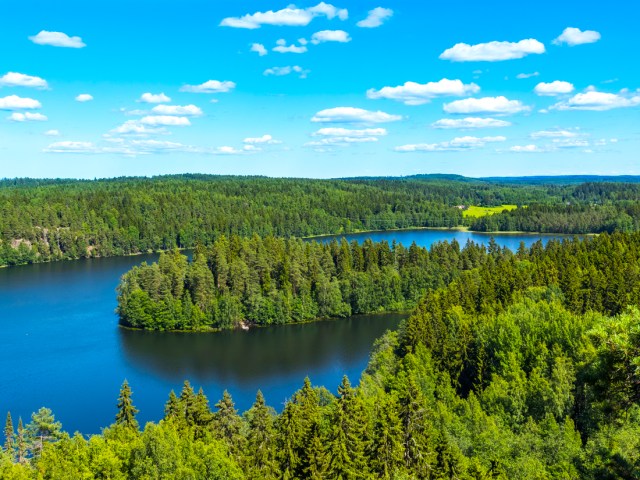
Minnesota may be known as the “Land of 10,000 Lakes,” but across the Atlantic, Finland has earned a similar distinction. The nickname “Land of a Thousand Lakes” is actually selling Finland short, as there are around 187,000 lakes in the country, responsible for around 10% of the country’s total area. These lakes likely formed about 10,000 years ago due to glacial melt throughout the region.
The largest lake in Finland is Lake Saimaa, with an area of 443 square miles. This size also makes it the fourth-largest freshwater lake on the European continent. It’s part of the larger region of Saimaa, often known as the Finnish lake district, made up of 120 lakes and totaling an area of 1,690 square miles. Local salmon call the lakes home, as does an endangered species of ringed seal. The lakes are also used by the Finnish people as essential transportation routes, and several large hydroelectric stations provide power to the whole country.
Japan – “Land of the Rising Sun”
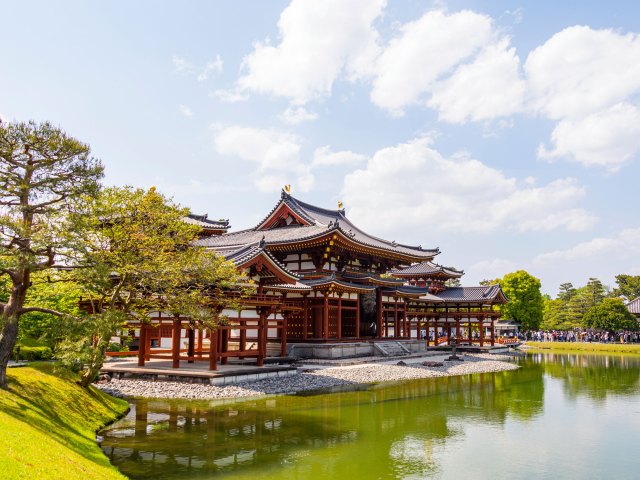
The nickname “Land of the Rising Sun” primarily refers to Japan’s geographic location, as it’s among the first countries to see sunlight on any given day. Prior to the seventh century, Japan was known as Wa, a name that, when written, implied “insignificance” in nearby China. In an effort to send a message to Chinese rulers during the seventh century, Japan adopted the new name Nippon, a word that translates to “the sun’s origin” in Japanese.
Japan’s association with the sun only grew throughout the following centuries. When Marco Polo visited China in the 13th century, Chinese locals informed Polo of a land called Ji-pang — meaning “sun’s origin” in regional dialect — located to the east in the direction that the sun rose. These terms were westernized in the years that followed, ultimately resulting in Japan’s “Land of the Rising Sun” nickname that we know today. Japan’s national flag even features a depiction of the sun.
South Africa – “Rainbow Nation”
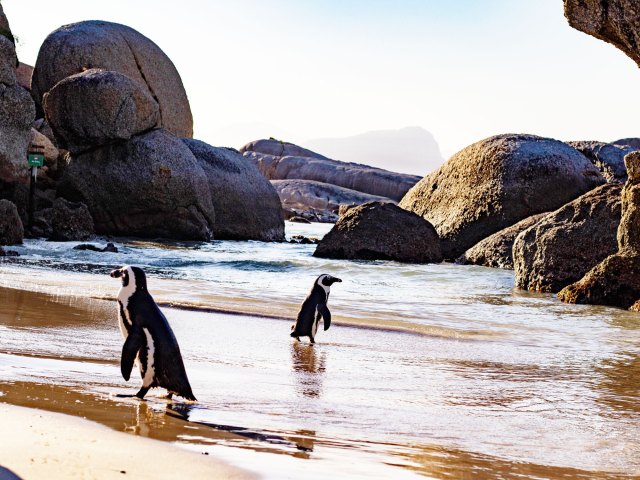
Archbishop Desmond Tutu first used the term “Rainbow Nation” to describe South Africa in 1994. It was in that same year that the country held its first multiracial national elections, resulting in the presidency of anti-apartheid candidate Nelson Mandela. While apartheid-era South Africa was deeply segregated, Tutu coined “Rainbow Nation” to describe his future vision for the country as a whole — he hoped that people of all ethnicities would thrive together and work to support one another’s best interests in the post-apartheid era.
Upon taking office, Mandela embraced the “Rainbow Nation” nickname, stating in his inaugural address, “We enter into a covenant that we shall build the society in which all South Africans, both black and white, will be able to walk tall, without any fear in their hearts, assured of their inalienable right to human dignity — a rainbow nation at peace with itself and the world.” This hopeful nickname persists today as a call for racial unity not just in South Africa, but around the globe.
Singapore – “Lion City”
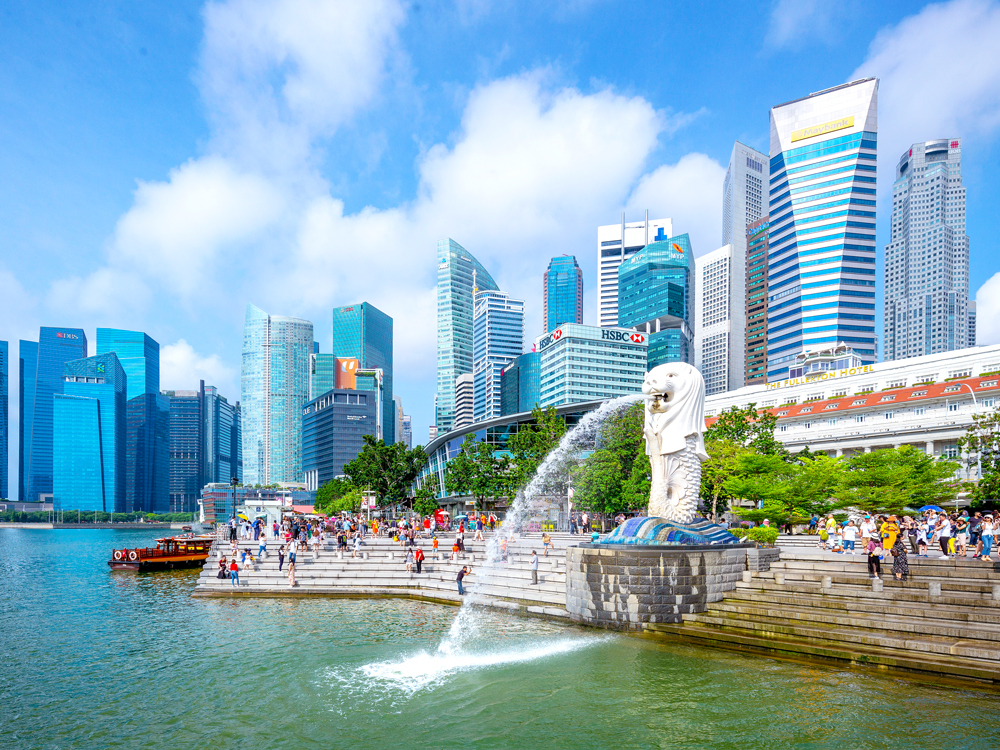
Singapore’s nickname is derived from the Malay words singa pura, which translate to “lion city.” It dates to an ancient legend in which Prince Sang Nila Utama landed on the shores of what is now Singapore in 1299. The prince thought he saw a lion when he arrived, so he decided to name his new kingdom Singapura.
The lion’s head was proclaimed an official national symbol of this city-state in 1986 to represent leading principles of Singapore: courage, excellence, and strength. The mythical “merlion” — with the head of a lion and the body of a fish — is also considered to be the national mascot of Singapore. A merlion statue was unveiled in the city in 1972 along the Singapore River.
Chile – “Land of Poets”
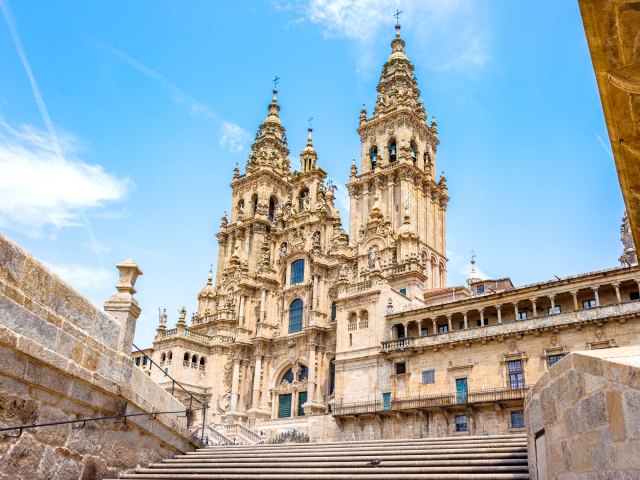
Despite its comparatively small population of around 19.5 million residents, around half that of California alone, Chile has produced a disproportionately large number of legendary poets. In fact, two such individuals won the Nobel Prize for Literature: Gabriela Mistral in 1945 and Pablo Neruda in 1971. Mistral — the first Latin American to receive the Nobel Prize in Literature — was known for her inspiring poetry collections including Desolación (“Despair”) and Ternura (“Tenderness”), while Neruda earned the Nobel Prize “for a poetry that with the action of an elemental force brings alive a continent’s destiny and dreams.”
However, it’s not just Nobel laureates who make up Chile’s rich poetry tradition — individuals such as Nicanor Parra perfected the literary art form as well, solidifying this South American nation as the true “Land of Poets.”
Ireland – “Emerald Isle”
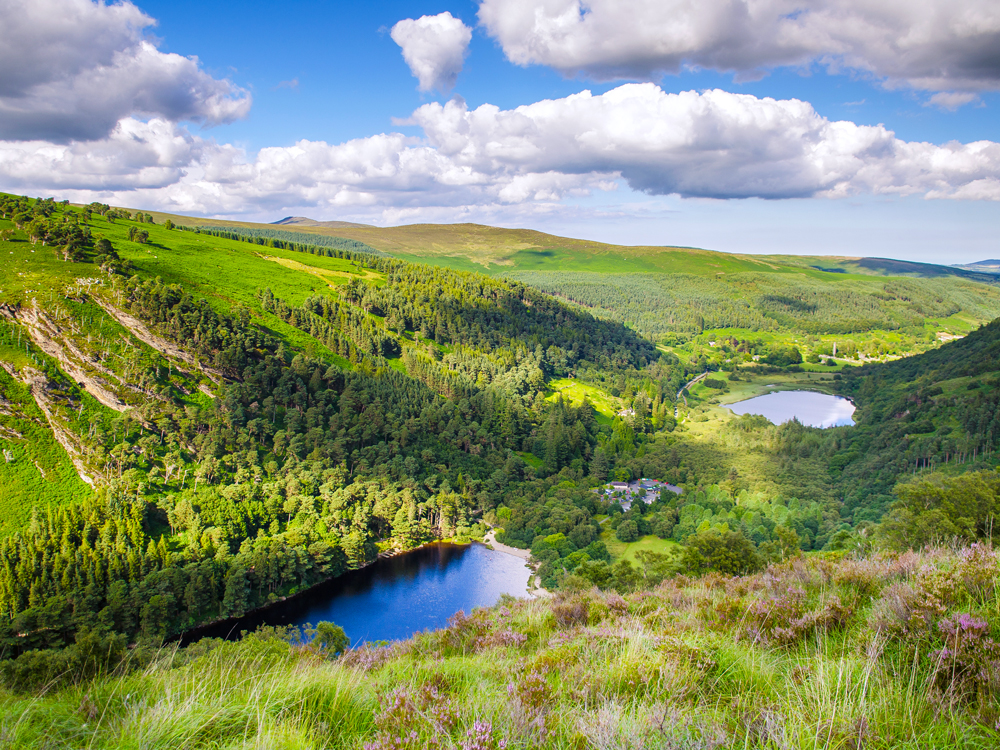
As you might expect, Ireland’s “Emerald Isle” nickname refers to the lush green landscape that the island nation is known for. The moniker was coined in a 1795 poem by William Drennan titled “When Erin First Rose,” in which Ireland was referred to as “the em’rald of Europe.” Drennan also wrote, “Let no feeling of vengeance presume to defile / The cause of, or men of, the Emerald Isle,” thus forever immortalizing the nickname in conjunction with Ireland.
It wasn’t always the case, however, that Ireland was associated with the color emerald or green. In fact, Ireland was originally more closely intertwined with shades of blue. This correlation dates to the time of St. Patrick, who is considered the patron saint of the island. Early depictions of St. Patrick from a 13th-century French manuscript show him clad in a blue robe. In 1541, King Henry VIII declared himself to be king of Ireland and presented the Irish Kingdom with a new coat of arms featuring a dark blue background. And, in 1783, King George III established the Order of St. Patrick in Ireland, whose members wore blue outfits. It was only during the Irish Rebellion of 1798 that the Irish adopted the color green as a symbol of national pride, replacing the blue emblems that had been imposed on the country by the British.
Iceland – “Land of Fire and Ice”
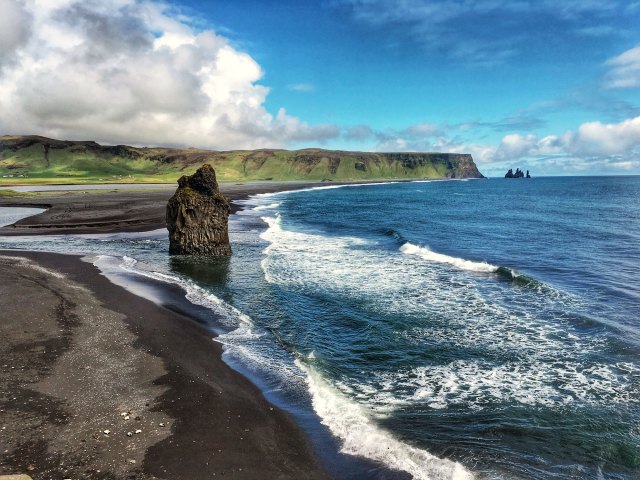
The story behind Iceland’s nickname is tied to the unique geological terrain of this Nordic nation. Iceland is known as the “Land of Fire and Ice” due to its combination of violent volcanoes and glistening glaciers that can be found throughout the country. This reputation as a meeting point of fire and ice dates back to when Iceland was first explored, as early 16th-century maps included elements such as polar bears floating on icebergs depicted alongside erupting fires elsewhere.
Today, around 269 glaciers cover approximately 11% of Iceland. Those glaciers are accompanied by over 100 Icelandic volcanoes, many of which are still active. All told, the Icelandic terrain exemplifies the extremes of hot and cold, making its “Land of Fire and Ice” nickname extremely appropriate.
Comoros – “Perfume Isles”
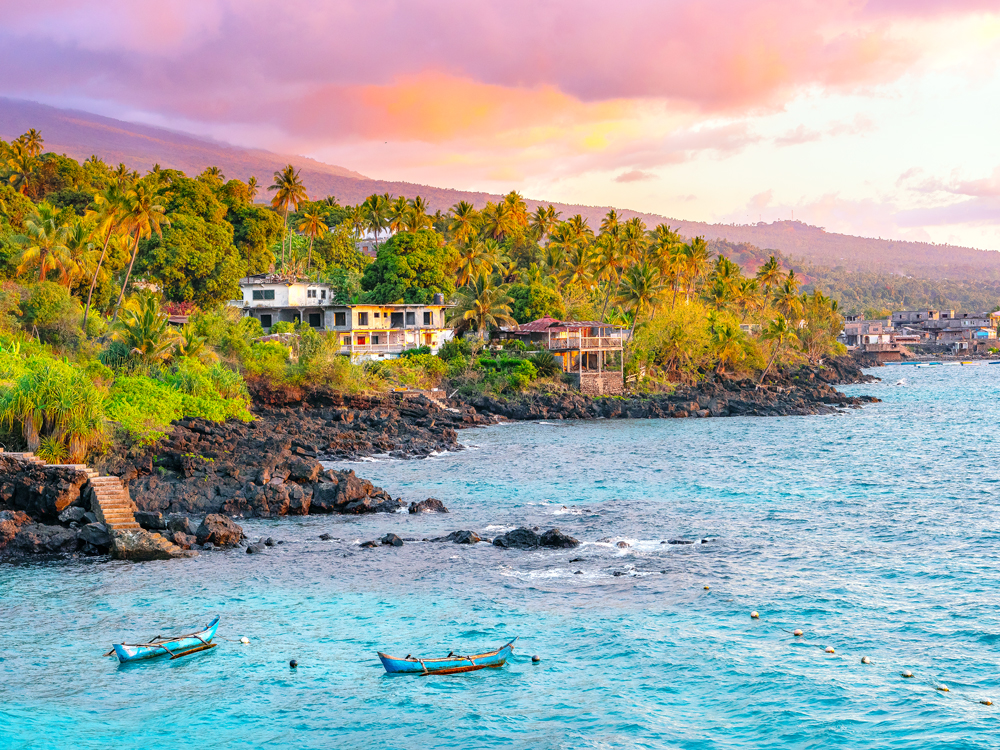
Comoros, located off the coast of Mozambique in East Africa, is an archipelagic nation made of four islands. When visiting, you’ll probably notice a delightful scent emanating through the air, earning Comoros the nickname “the Perfume Isles.” These welcoming odors are due to the abundance of flowers on the islands.
One of the most prominent flowers grown in Comoros is the ylang ylang flower. The scent of this flower is so highly regarded that it’s become an important ingredient in the Chanel No. 5 perfume. Comoros is also the second-largest producer of vanilla in the world, after nearby Madagascar. So, home bakers can likely Comoros for the delicious smell wafting through their kitchens, too.
Afghanistan – “Graveyard of Empires”

The nickname “Graveyard of Empires” refers to the historic difficulty that many nations have endured in attempting to conquer the area that makes up modern-day Afghanistan. While the historic region was successfully conquered by powerful rulers such as the Mongol Empire, many others have struggled to lay siege to Afghanistan. Great empires such as the Mughals came up short against the local Safavids in the 17th century, and even the British failed in their attempt to conquer Afghanistan during the First Anglo-Afghan War in 1842.
From 1979 to 1988, the Soviet occupation of Afghanistan proved to be a disastrous waste of resources for the U.S.S.R., with some claiming that the failed war contributed to the Soviet Union’s downfall shortly thereafter. Even the United States struggled to achieve their diplomatic goals in their 21st-century occupation of Afghanistan, as the “Graveyard of Empires” nickname remains relevant in modern times.
Bhutan – “Land of the Thunder Dragon”
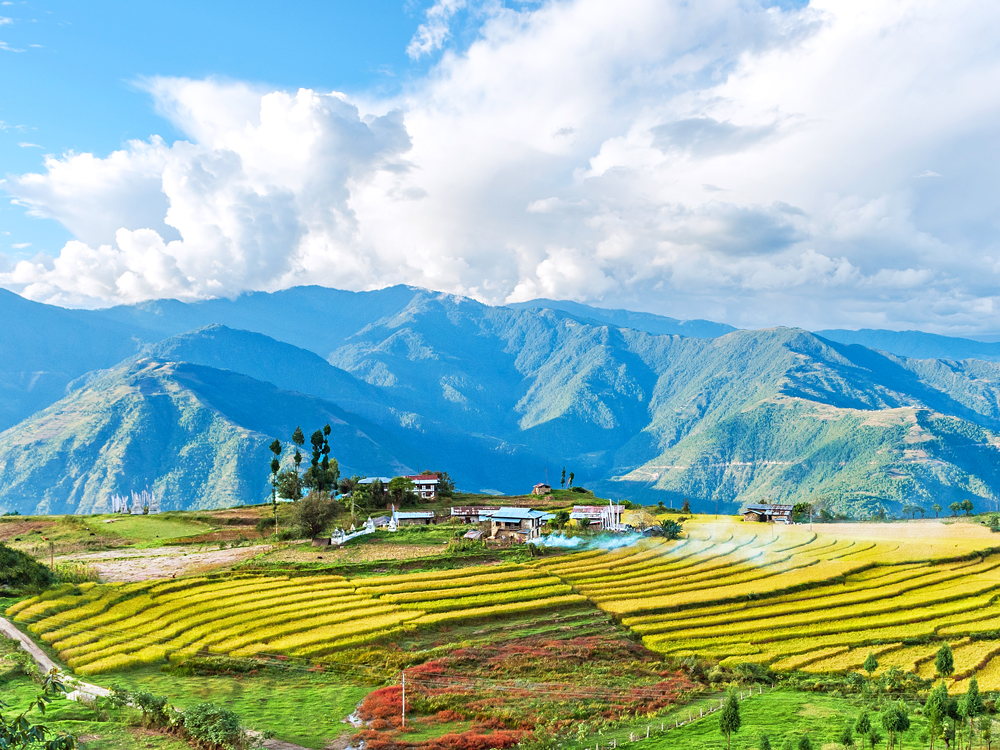
“Land of the Thunder Dragon” sounds like a mythical place from Game of Thrones, but it’s also the very real nickname of Bhutan. One of the world’s highest countries, Bhutan is situated in the Himalayas mountain range, north of eastern India. For years, Bhutan remained isolated, before opening itself up to tourism in the 1970s. Locals refer to the country as “Druk Yul,” which is Bhutanese for “Land of the Thunder Dragon.”
There are several aspects of Bhutanese culture that contribute to this nickname. First, the region is known for its powerful thunderstorms, which legend once said to be fire coming from a dragon. The “Druk,” or dragon, is also an important figure in Bhutanese mythology, and is now regarded as a national symbol and the focal point of Bhutan’s national flag.
Malta – “Land of Honey”
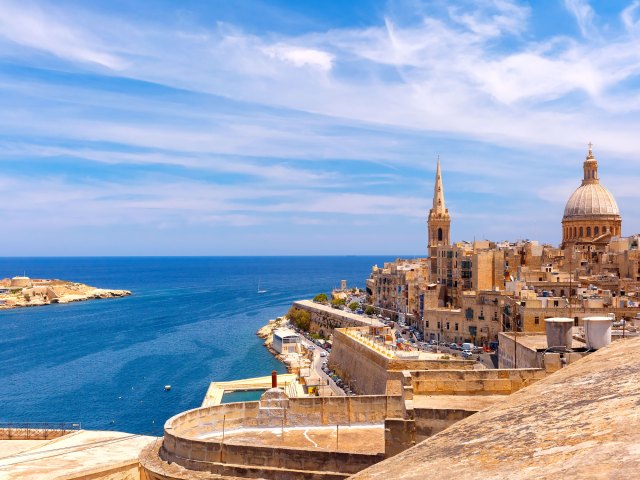
The Mediterranean is known for its indulgent and desirable food products, and Malta is no exception. This tiny island nation is heralded for its rich history of beekeeping, which dates back to the time of the ancient Greeks. The region was referred to in Greek as Melitē, a term translating to “honey sweet.”
As sea levels rose and segmented Malta from nearby Sicily, this “Land of Honey” became home to an endemic species of honey bee known as Apis mellifera ruttneri. These Maltese honey bees produced incredibly pure and delicious honey, though their population was decimated in 1992, thus necessitating the importation of non-Maltese bees. However, the Maltese honey bee remains the dominant bee species found on the island of Malta — and so the “Land of Honey” nickname remains relevant as ever.
More from our network
Daily Passport is part of Optimism, which publishes content that uplifts, informs, and inspires.























